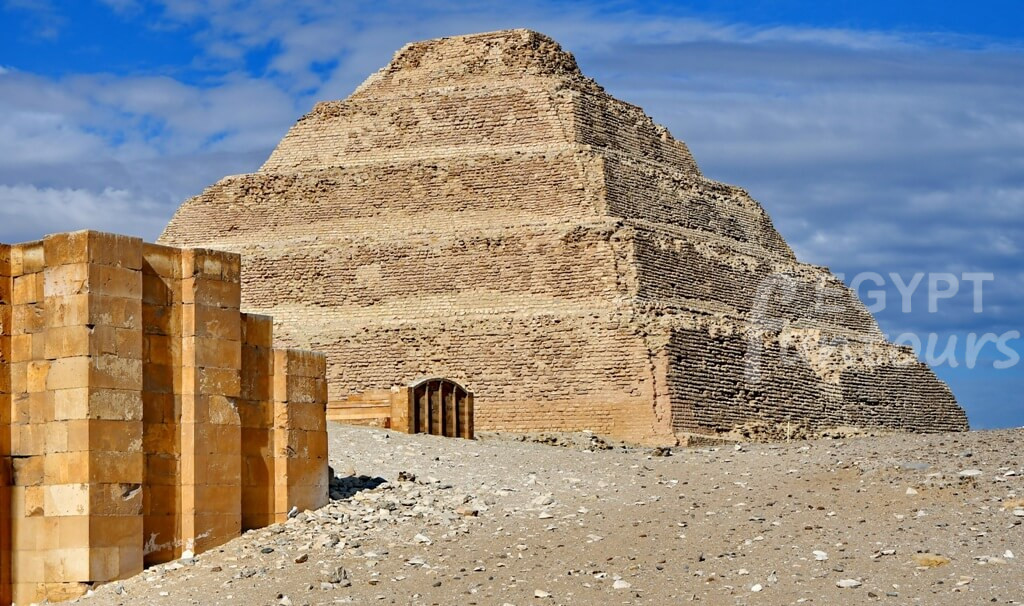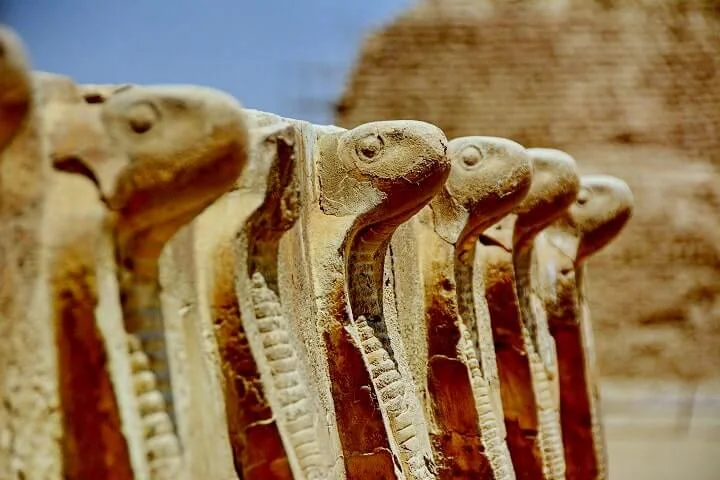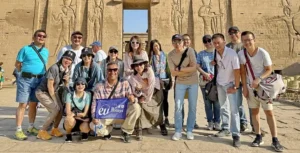King Djoser: The Pharaoh of The Step Pyramid
King Djoser, a monumental figure in ancient Egyptian history, stands as a symbol of innovation and transformation. He was a pharaoh of the Third Dynasty during the Old Kingdom period (c. 2686–2649 B.C.E.). His reign marked a pivotal shift from earlier forms of burial monuments to the grand, stone structures that became hallmarks of Egyptian civilization. Djoser’s legacy is forever tied to his most famous creation, the Step Pyramid at Saqqara, the world’s first large-scale stone building.































